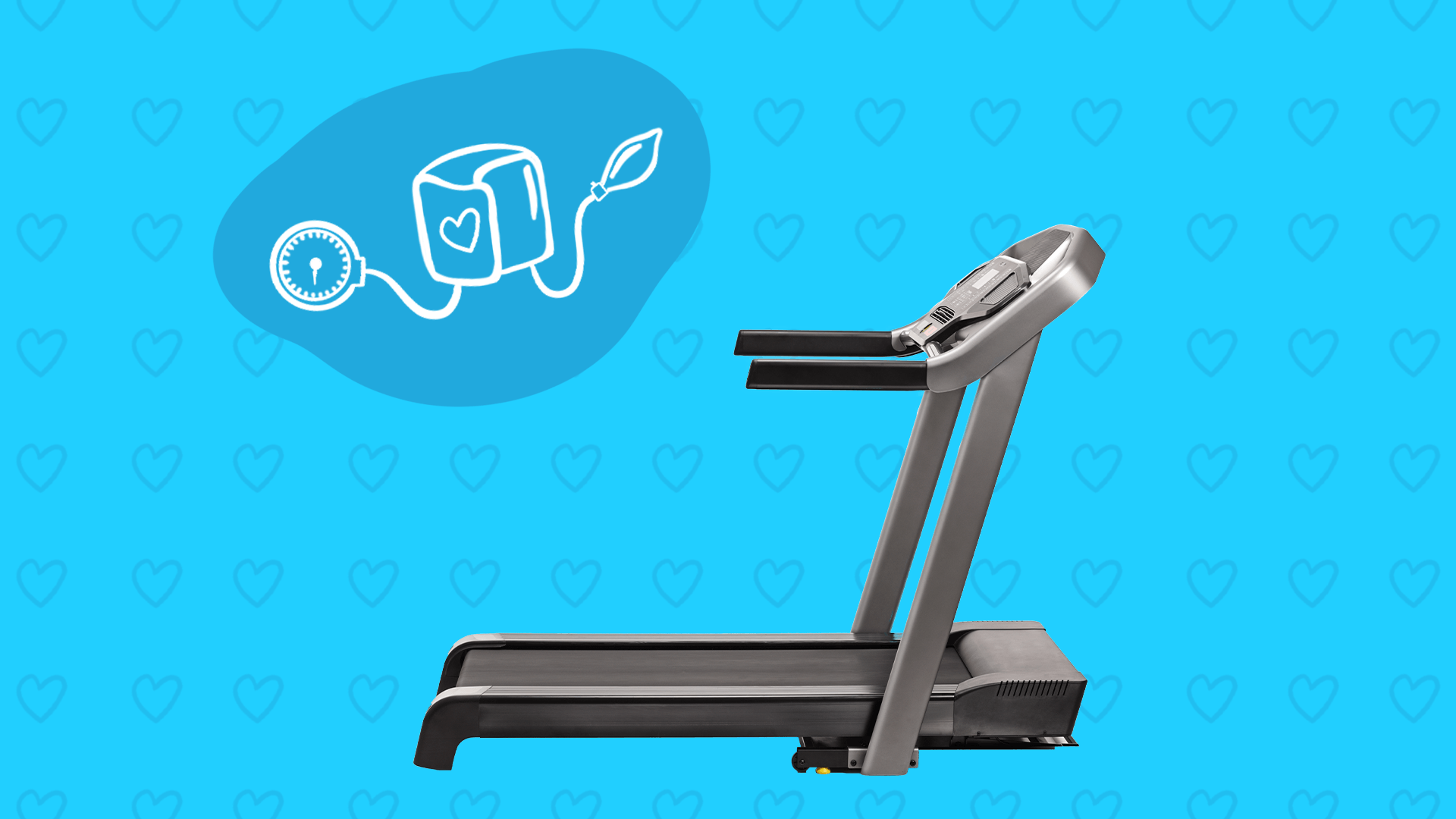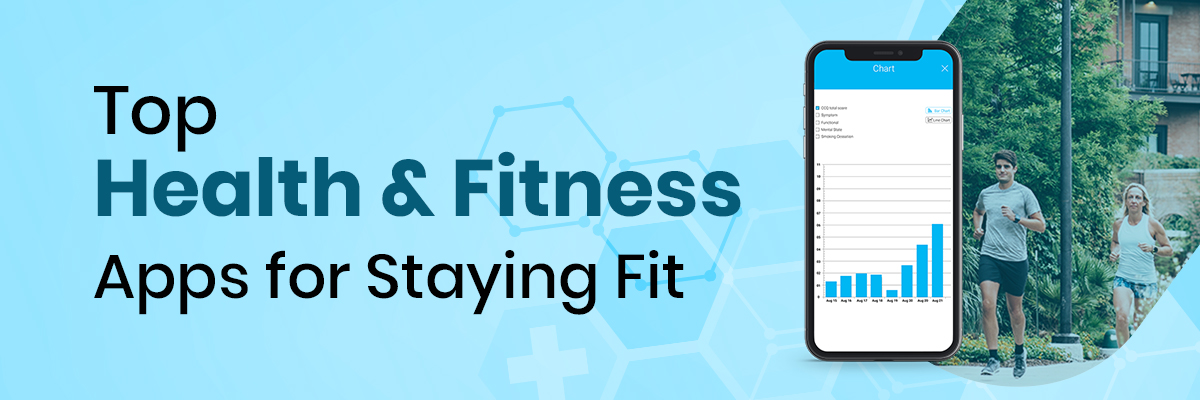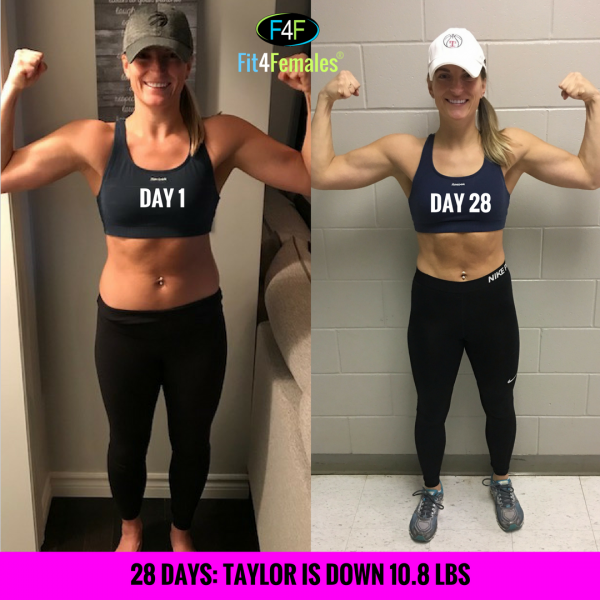
You can get your teen in shape by incorporating a variety of workouts into your daily schedule. At least 60 minutes of aerobic activity per day is required for teens. This means that they need to get their heart rate up. Strength training is another important part of a healthy workout. It builds muscle and increases metabolism. Flexibility is the third important component. Teens should strive to increase flexibility and balance their physical activities.
Getting your teen moving
For their development and overall health, it is important to get your teen active with healthy exercise programs. Make exercise fun and encourage your teenager to continue doing what he or her enjoys. To motivate your teen, have them list their top activities. Encourage your teenager to workout with a friend. This will help them be more motivated and provide social time.
Creating a workout plan
To create a healthy workout program for teens, there are a few things you need to remember. You must ensure that your child is eating enough calories each day to be able to continue the exercises. Consult a fitness trainer or doctor before you give your teen a sporty schedule. Once you have established a routine you can split the exercises up into different parts.

Cardio Workout
You don't have to be an expert at doing a cardio exercise for teens. Teenagers can burn calories doing a variety exercises like jumping jacks. The goal is to keep the arms and legs close to the body. If the teenager feels embarrassed, they can perform the exercise in front of a mirror. When the routine is done properly, it can help correct leg imbalance.
Strength training exercises
Teens can have fun with strength training, but teens should be aware of safety precautions. A good rule of thumb is to never lift too much weight for a workout. Exercising too often can cause damage to joints, ligaments and separate growth plates. If your teen hasn't yet reached adulthood, you should talk to a physician or trainer to find out if strength training is right for them. Teens should not only exercise properly, but also eat a healthy diet that includes plenty of fruits, vegetables, and other nutrients.
Jumping rope
Jumping rope can be a great way to get your teenager moving, whether they are into boxing, gymnastics or jumping rope. Jumping rope offers many health and strength benefits. This exercise builds explosive power, a necessary trait for sprinting, and will burn calories and tone your muscles. This simple exercise can also be used to build muscle mass in the abdomen, legs, and calves.

Dancing
Although dance is an aerobic form of exercise, it has many other benefits. Teens can improve their mental and physical health by dancing. It gives teens a way to release their energy, and it helps them cope with peer pressure and other challenges. It also improves their self-esteem and confidence. Dance classes can help teens learn many life skills. They make new friends and get to know other people.
FAQ
Are there any benefits to practicing yoga?
Yoga has existed since ancient times. It has only recently been more popular. Celebrities and ordinary people love yoga.
Yoga is great for strengthening and stretching your muscles. Yoga is also great for calmening your mind and relaxing.
The main difference between yoga and other forms of exercise is that yoga focuses on breathing techniques.
Different poses can be practiced to increase flexibility and balance.
What does milk do for men?
Next time you buy milk think about what you could do with it. It may be a good idea to reduce your coffee intake.
The benefits of milk have been demonstrated to be both beneficial to children and adults. Milk is rich in nutrients for children, including vitamin D and calcium.
It aids in digestion, strengthens bones, and promotes weight loss. The immune system is stronger and there are fewer illnesses in adults who consume dairy products.
People who have difficulty digesting milk are also likely to be able to enjoy its many benefits, even if they do not have stomach problems.
Drink more milk than soda and juice. Your teeth and bones can be strengthened by drinking milk rich in vitamin D and calcium.
Plain low-fat yogurt is another option if milk tastes bland to you. Yogurt is an excellent alternative to milk because it is lower in calories, and contains more protein.
Yogurt also contains probiotics which improve digestion and immunity.
Take a glass warm milk before you go to bed if you are having trouble sleeping. Warm milk relaxes the muscles and increases serotonin levels. It will give you a restful night.
Which workout is the most effective for men
The answer depends on what you are looking for. Cardio exercises are great for anyone looking to lose weight.
For those who want to gain muscle mass, strength training will be a better option, as it increases your lean body mass.
Both types are good for improving your overall health.
If you're looking for a quick way to get fit, I recommend HIIT/sprint interval training. This type training will help you quickly lose fat by increasing your metabolism. This type of training also increases your endurance, allowing you to train even when you are tired.
Is it true to say that protein overeating can lead to kidney stones?
Protein helps to maintain healthy bones, tissue, and skin. Over-consuming protein can result in calcium being excreted through the kidneys. This can lead to kidney stones.
Not everyone who eats more than 2g of protein per kilogram (2.2 lbs) of bodyweight will get kidney stones. People can eat large amounts of protein and not get kidney stones.
Watching your sodium intake can help prevent kidney stones. Sodium regulates the water balance of the kidneys. A high level of sodium can increase the risk of developing kidney stone.
You may also want to reduce your protein intake in the event of kidney stones. About half of adults' daily caloric intake is made up of protein. You'll lose weight if you reduce your intake of protein.
If you do decide to eat more protein, don't go overboard. Do not eat more than 20% of your daily calories from protein.
How quickly can I transform the body of my child?
You must change your mindset. It is important to first make the decision to change.
Once you have decided that you want to change, then you need to commit yourself to work on your fitness goals for at least 3 months.
Next, you will need to find a program that suits your lifestyle.
You also need to set realistic expectations. If you are unwilling to put in the time and effort necessary to achieve your goal, don't waste your money on a gym membership.
Instead, exercise outdoors in your own time.
If you spend an hour a day walking around the block, you'll burn enough calories to lose 1 lb per week.
Once you know what your plan is, it's time to start organizing your life in accordance with this plan.
This includes making sure that you schedule a time to work out every morning before leaving for work and take breaks throughout the day to move.
It is important to reward yourself when you reach milestones. You can buy accessories and clothes that reflect your success.
Statistics
- According to the American Academy of Dermatology (AAD), men over 50 are at a heightened risk of developing it. (healthline.com)
- According to the American Heart Association, blood pressure should be checked at least once every two years, beginning at age 20. (my.clevelandclinic.org)
- Are You One of the 20% of Guys (mh.co.za)
- An estimated calorie range for moderately active adult males falls between 2,200 to 2,800 calories per day, depending on age. (eatright.org)
- By John Thompson Take a whopping 38% off a set of PowerBlock Pros. (menshealth.com)
External Links
How To
How can I exercise to burn fat?
Exercise reduces calories by increasing metabolism, and oxygen consumption.
If you exercise with moderate intensity, you can safely lose weight.
To burn fat while exercising, follow these tips:
-
Cardio exercises like walking, running (or jogging), swimming, cycling, running, and/or elliptical training are all good options.
-
Do 30 minutes of exercise three times a week.
-
You can add strength training into your exercise routine if you're looking to lose even more weight.
-
Avoid intense workouts. It's possible to build muscle, but not lose it.
-
Drink plenty of water during exercise. Water helps to flush out toxins from the body and maintains proper hydration.
-
After working out, drink low-fat protein shakes. Protein shakes can help boost energy and repair muscles.
-
Smaller meals are better for you.
-
Don't skip breakfast! Skipping breakfast can make you tired and sluggish.
-
Mental health is important. Stressful situations can affect your metabolism.
-
Keep a positive attitude. Studies show that overweight people are more likely to be obese than those who perceive themselves as attractive.
-
Get enough sleep. Insufficient sleep can make it more difficult to lose weight.
-
Always be active. Get up every hour and get moving.
-
Maintain a healthy diet. A healthy diet will help you feel fuller for longer.
-
Relaxation is possible by finding ways to relax. Your body won't release stress hormones that cause muscle tissue destruction if you have a tense mind.
A balanced diet will provide all nutrients that are necessary for growth.
Six small meals per day is better than three large meals. This gives your body time and energy to process the food.
For strong bones to be maintained, you need approximately 500mg of calcium per day. Calcium can be found in dairy products such as yogurt, fortified soybean beverages, orange juice, cereals, bread, and cereals.
Calcium can be found in leafy green veggies, beans, tofu and nuts as well as seeds, nuts and cheese.
Your body needs vitamin D to absorb calcium. Vitamin D can also be found in some fortified foods such as eggs, fish, and yolk.
Vitamin E is vital for your skin's health. It's found in vegetable oils, wheat germ oil, peanuts, almonds, sunflower seeds, and corn.
Your body requires zinc to function normally and for wound healing. Zinc can also be found in legumes, oysters, meats and whole grains.
Zinc deficiency can cause fatigue and loss of appetite. It can also lead to depression and impaired immunity.
Eating too much sugar causes insulin resistance, which increases blood glucose levels. Insulin resistance leads directly to weight gain.
When there is a high level of free radicals, insulin resistance can develop. Free radicals are molecules with unpaired electrons that damage cell membranes and other parts of the body.
The most common sources of free radicals include food additives.
Free radical damage can lead to cancer, heart disease, diabetes, arthritis, asthma, and aging.
Antioxidants are essential for preventing free radical damage. Antioxidants protect against oxidative damage.
Vitamin C (found on citrus fruits), Beta carotene, found in carrots and sweet potatoes, spinach and broccoli, cantaloupe (found in tomatoes, mangoes and peppers), and Vitamin E (found nuts, olive oil and avocados).
Selenium, copper and manganese are all antioxidant nutrients.
Selenium helps protect cells from oxidative damage caused by free radicals. Selenium may be found in Brazil nuts as well tuna, liver and kidneys. It can also be found on shrimp, cod, turkey, beef lamb, pork, chicken, and other foods.
Copper protects your eyes, brain, eyes and red blood cell. Copper is found in shellfish, poultry, meat, and organ meats.
Manganese is an essential component of bone structure. Manganese is found as a component of bone structure in brown rice (spinach, bananas), prunes, raisins and oatmeal.
Zinc is necessary for average growth, reproduction, and wound healing. Zn is present in lean cuts of meat and white fish, as well as eggs.